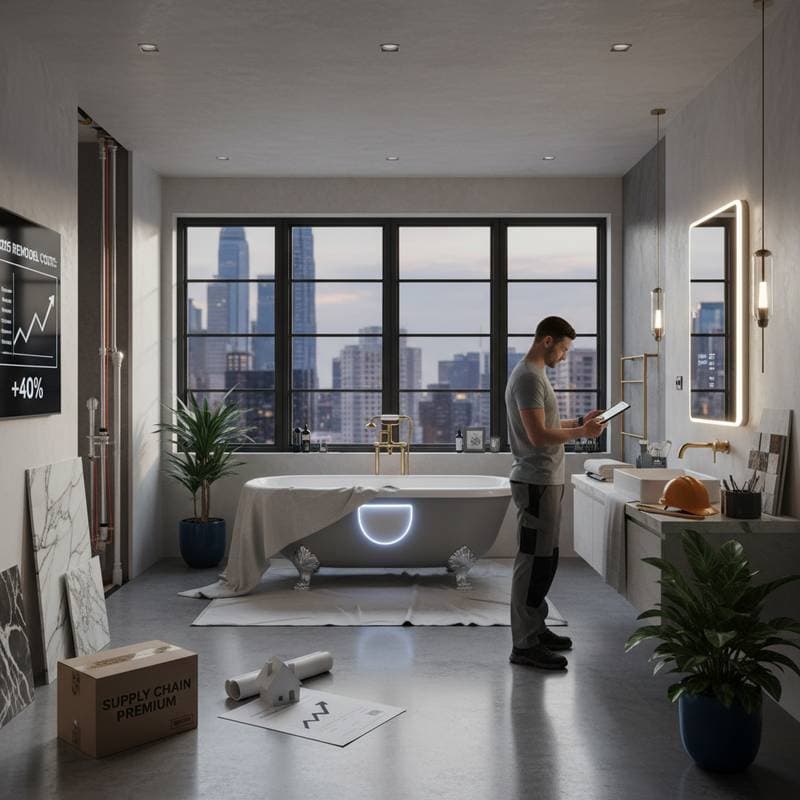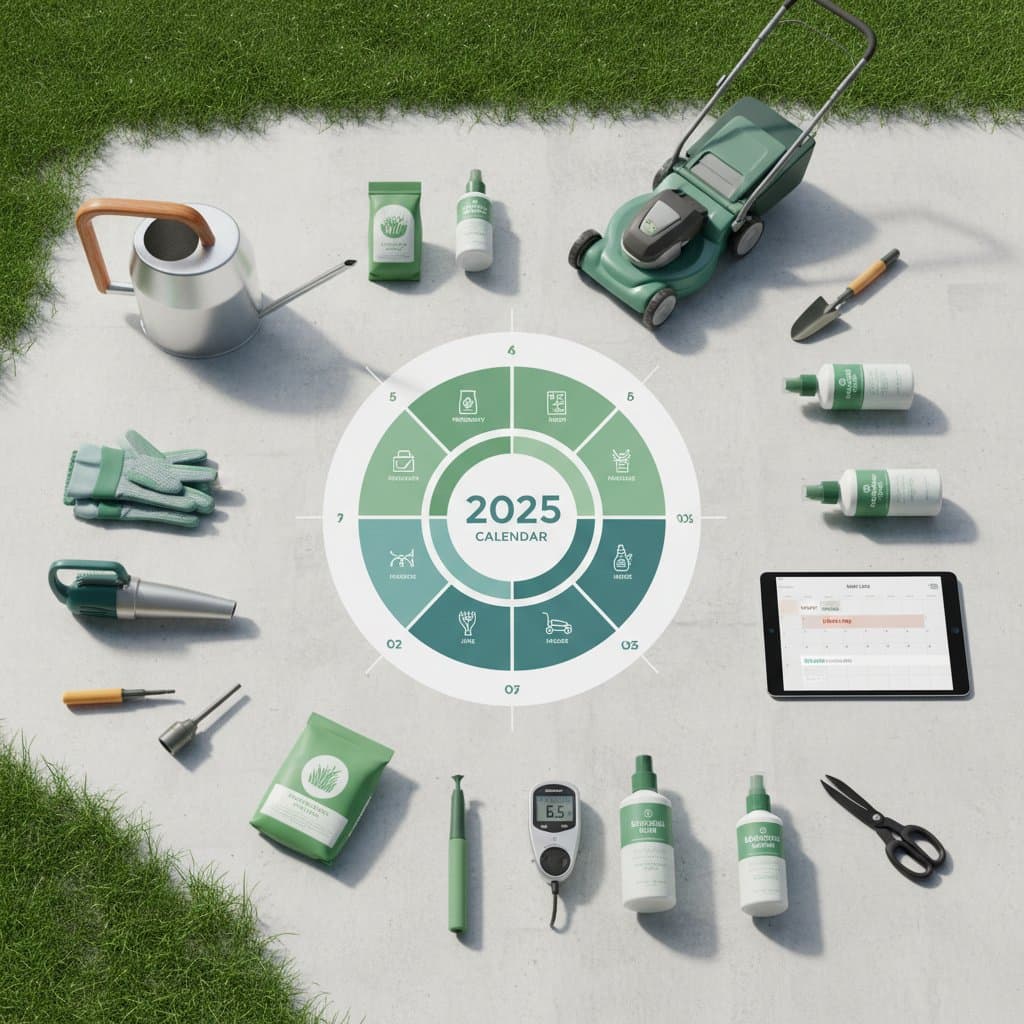Understanding Lawn Irrigation Costs
A thoughtfully installed lawn irrigation system maintains healthy grass with minimal effort. Homeowners benefit from knowing the cost components to create realistic budgets and evaluate proposals effectively. Factors like system design, property layout, and regional economics shape expenses, yet grasping average ranges simplifies the decision process.
Core Cost Elements
Nationwide, professional installation for a typical yard ranges from $2,500 to $5,000. Compact urban lots might fall toward the lower end, around $1,500 to $3,000, whereas expansive or uneven terrains demand additional zones, pushing costs to $6,000 or more. Regional labor variations play a significant role; coastal cities or high-cost areas often add 20 to 30 percent to base rates due to elevated wages and permitting fees.
Timing influences pricing substantially. Off-season periods, typically late fall through early spring, see reductions of 10 to 25 percent as contractor schedules open up. Peak demand in spring raises rates by similar margins, coinciding with heightened material costs from increased orders. Fluctuations in raw material prices, such as plastic for pipes or metals for heads, further adjust totals based on global supply dynamics.
Common Pricing Approaches
Installers apply diverse models to bill projects. Hourly labor charges, averaging $75 to $150 per hour, apply to custom work where digging or troubleshooting extends timelines. Flat-rate options, calculated by square footage at $0.50 to $1.50 per square foot, suit straightforward setups.
Full-project bids encompass planning, supplies, and installation, often starting at $3,000 for basic coverage. Bundled deals integrate initial setup with follow-up tasks like valve adjustments or leak checks, providing value for repeat clients. For expansive estates, annual monitoring subscriptions, priced from $200 to $500 yearly, offer remote diagnostics and optimizations over sporadic visits.
Irrigation System Levels and Associated Costs
Basic setups feature manual valves and pop-up sprinklers, ideal for budgets under $2,500, covering simple rectangular lawns with even water distribution. Standard configurations incorporate electronic timers and moisture sensors, costing $3,000 to $4,500, to automate cycles and prevent overwatering during rain.
Premium versions integrate app-controlled units linked to local forecasts and ground probes, ranging from $4,500 to $7,000, enabling adjustments via smartphone for optimal efficiency. Custom installations, such as low-flow drip lines for gardens or solar-powered pumps, exceed $7,000 but align with conservation goals, potentially qualifying for utility rebates.
Factors That Shape Total Expenses
Multiple elements determine the final investment:
- Yard dimensions and contours dictate zone counts; a 5,000-square-foot flat area needs fewer heads than a hilly 10,000-square-foot plot.
- Feature integration, like Wi-Fi modules or subsurface lines, adds $500 to $2,000 for enhanced functionality.
- Component durability varies; high-grade polyethylene tubing and brass fittings, at a 15 to 20 percent premium, resist corrosion better than basic alternatives.
- Site challenges, including hardpan soil or obstacles like fences, extend labor by hours, increasing fees accordingly.
Additional Services and Their Impact
Consultations for layout optimization, charged at $100 to $300, prevent coverage gaps and inefficiency. Upgrading to weather-responsive controllers adds $300 to $800 initially but recoups through 20 to 30 percent water reductions. Seasonal services, such as startup inspections at $150 or winter draining for $200, safeguard systems against freeze damage.
Rush jobs during busy periods incur 15 to 25 percent surcharges for prioritized slots. Permitting and inspections, required in many municipalities, contribute $200 to $500, ensuring compliance with water conservation codes.
Steps for Cost-Effective Installation
Solicit at least three bids from certified professionals to benchmark rates and verify inclusions like backflow preventers. Inquire about guarantees, typically one to five years on parts and labor, and confirm adherence to irrigation association standards. Prioritize systems with efficiency ratings to access local incentives and curb utility bills.
Match the setup to specific landscape demands, whether drought-resistant plants or high-traffic play areas. Through informed choices and off-season scheduling, secure an irrigation solution that sustains lush grounds affordably over time.





